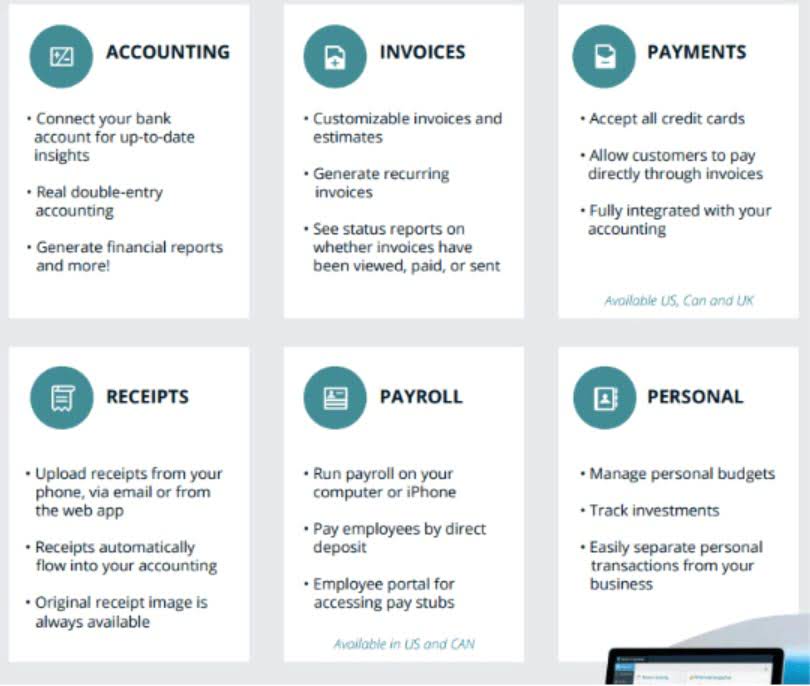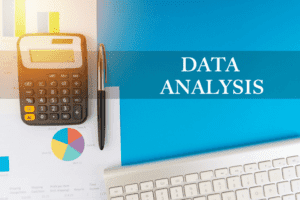
The company signs a contract with an insurance company and agrees to pay periodic premiums in return for risk protection. As a policyholder, the organization can select coverage for a vast array of events. These include protections in adverse situations related to auto, home and health.Prepaid insurance is usually considered a current asset, as it becomes converted to cash or used within a fairly short time. But if a prepaid expense is not consumed within the year after payment, it becomes along-term asset, which is not a very common occurrence. The payment of the insurance expense is insurance expense similar to money in the bank—as that money is used up, it is withdrawn from the account in each month or accounting period. One objective of the adjusting entry is to match the proper amount of insurance expense to the period indicated on the income statement.
Understanding EPO Health Insurance Plans

Insurance rates can be greatly impacted by a range of factors, from the type of vehicle driven to the credit history of the policyholder. Location and usage of the vehicle can also affect the premium, as well as the gender, age, and marital status of the drivers. Insurance companies look at prior claims and insurance coverage, as well as moving violations and accidents in the past few years. Additionally, any licensed drivers in the household can also have an effect on the premium. The amount of insurance expense that a company or individual pays depends on a number of factors, including the type of insurance, the amount of coverage, and the risk factors involved. For example, a company that operates in a high-risk industry will typically pay more for insurance than a company that operates in a low-risk industry.

Inland Marine Policy

Each partner should also list his or her share of all income, credits and deductions on Schedule K-1. I recommend avoiding doing this because these journal entries won’t give your client a true picture of their day to day results. Something to keep in mind is if these two entries are adjusting entries in different months. In your bookkeeping software you will enter the full cost shown on the bill at the date of the bill.
Example of Insurance Expense
This adjusting entry will be repeated at the end of each subsequent month to recognize the insurance expense gradually over the year. When a business puts in an insurance claim to their provider for damages, the provider will pay money to help them cover the costs of repairing or replacing what was damaged (this is just one example). I have entered their figures into the free bookkeeping software called Manager so you can see the insurance journal entry in action. If the retailer has incurred some insurance expense but has not yet paid the premiums, the retailer should debit Insurance Expense and credit Insurance Premiums Payable.
- This will allow the expense to be allocated accurately between the cost of goods sold (COGS) and ending inventory.
- The above entry is an adjusting entry and is required at the end of every accounting period.
- Other factors that can influence the cost of a premium include the policyholder’s driving record, the number of years they have been driving, and the location where they live.
- A business spends $12,000 in advance for liability insurance coverage for the next twelve months.
- This reflects that a portion of the insurance policy has remaining useful life.
- Below is a break down of subject weightings in the FMVA® financial analyst program.
What types of insurance payments (premiums) can businesses write off?
- Learn the definition, purpose, preparation, and importance of the post-closing trial balance and permanent and temporary accounts.
- Capital is the account used for showing how much personal money is used by the business owner to pay for business expenses.
- Since this amount represents a future benefit to the business, it is recorded as an asset on the balance sheet.
- The claim should include all pertinent information regarding the event or loss that is being claimed.
Insurance expense has a normal debit balance, as it is an expense account. Companies will typically debit the expense and credit cash every time they pay their insurance premium. Companies can also have prepaid insurance, which occurs when they pay an insurance policy in full. Prepaid insurance is law firm chart of accounts usually charged to expense on a straight-line basis over the term of the related insurance contract. Insurance proceeds are benefit proceeds paid out by any insurance policy as a result of a claim.
- When the insurance premiums are paid in advance, they are referred to as prepaid.
- Thus, insurance contracts are almost inevitable for a smooth life and business.
- These include commercial property cover, product liability cover and employee cover.
- Insurance expense is the amount that a company pays to get an insurance contract and any additional premium payments.
- Each partner should also list his or her share of all income, credits and deductions on Schedule K-1.
- Natural capital accounts are tools that measure the value of natural resources and ecosystems in economic terms.

By recognizing prepaid insurance as an asset and systematically expensing it over the coverage period, businesses can match expenses with the periods they benefit from. Practice these concepts regularly to build a strong foundation in accounting for prepaid expenses. The amount of insurance that was incurred/used up/expired during the period of time appearing in the heading of the income statement. The amount of insurance premiums that have not yet expired should be reported in the current asset account Prepaid Insurance.
